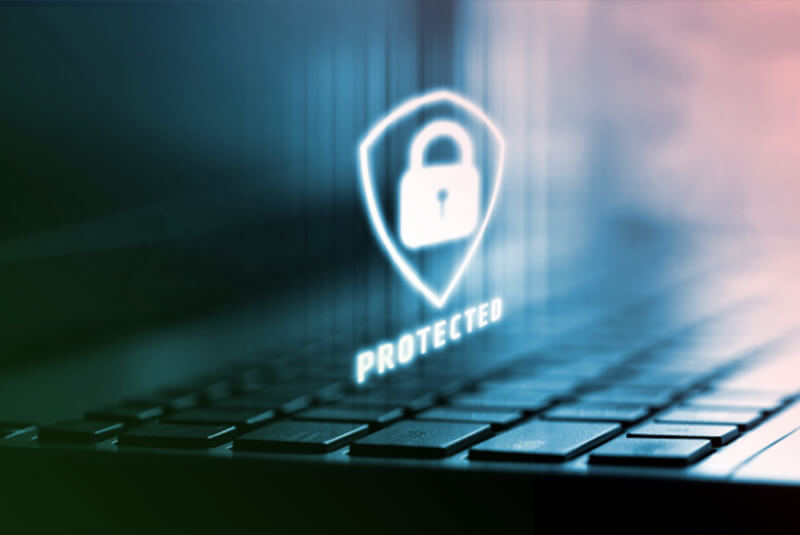
25 Apr What Are Cyber Threats?
Cybersecurity Threats
Cyber or Cybersecurity threats are malicious acts that are purposefully driven to steal data, damage data, or disrupt digital life as a whole. Things like computer viruses, Denial of Service (DoS) attacks, and data breaches are some of the different types of cyber threats that can occur.
Online threats are varied and attack everyone – from mega organizations to individual people. If you’re interested in learning a bit more about online security and how to protect yourself from the latest cyber threats then keep scrolling to learn more.
What Are Cyber Threats?
Originally, the word “cyber” references cybernetics, or the science of understanding the movement and control of machines and animals. Over time, the meaning of the word cyber evolved to be another definition for something that is computerized. In the 1990s with the rollout of the internet, the word “cyberspace” was born to define an invented space that people believe existed between the electronic activities of computers.
Today, a cyber attack is an attack that takes place on our digital devices through cyberspace. Cyberspace may be a virtual space but the intent of cybercriminals is real. While many cyberattacks can be relatively minor, some can be severely damaging and even threaten human lives.
Types of Cybersecurity Threats
There are two main categories of intent when it comes to cyber-attacks. Typically, cyber attackers are after some type of disruptive espionage (this can include corporate espionage with the theft of patents or even state secrets) or financial gain.
Just about every cyber threat will come under one of the above listed categories. While the desired outcome from a cybercriminal may be fairly predictable, the way that these attackers pursue their digital attack are varied. Below we’ve listed some of the most common cyber threats:
- Phishing – This is an email attack that involves tricking the email recipient into disclosing confidential information or downloading malware by clicking on a link in the email.
- Malware – This is software that performs a malicious task on a target device or network.
- Trojans – This is a type of malware that enters a target system looking like a standard piece of software but distributes a malicious code once inside the network.
- Ransomware – This is an attack that involves encrypting data on a target system and then demanding ransom in exchange for giving access back to the user.
- Denial of Service or Distributed Denial of Service Attack (DDoS) – This is when an attacker takes over multiple devices and causes them to crash from an overload of demand.
How To Protect Yourself from Cyber Attacks
When it comes to protecting yourself from a cyber-attack there are a few simple “best practices” you can follow to ensure you’re keeping your digital presence as secure as possible:
- Anti-virus software – Sign up for anti-virus software and keep your software up-to-date with regularly scheduled scans.
- Password hygiene – Change your password frequently and do not keep it stored anywhere. Another option is to invest in password management software that securely generates and stores random passwords for all of your online accounts.
- Double check your emails – Do not open file attachments that are from unfamiliar sources. Pay attention to the spelling, grammar, and email address of the sender. If anything seems off, delete the email and do not click on any links or attachments.
Are you concerned about you or your business’s cybersecurity? The team of specialists at Cyber Guard are leaders in cyber education and cyber insurance services. Their professionals know everything there is to know to help you effectively guard yourself and your business. Contact them today for a quote!
